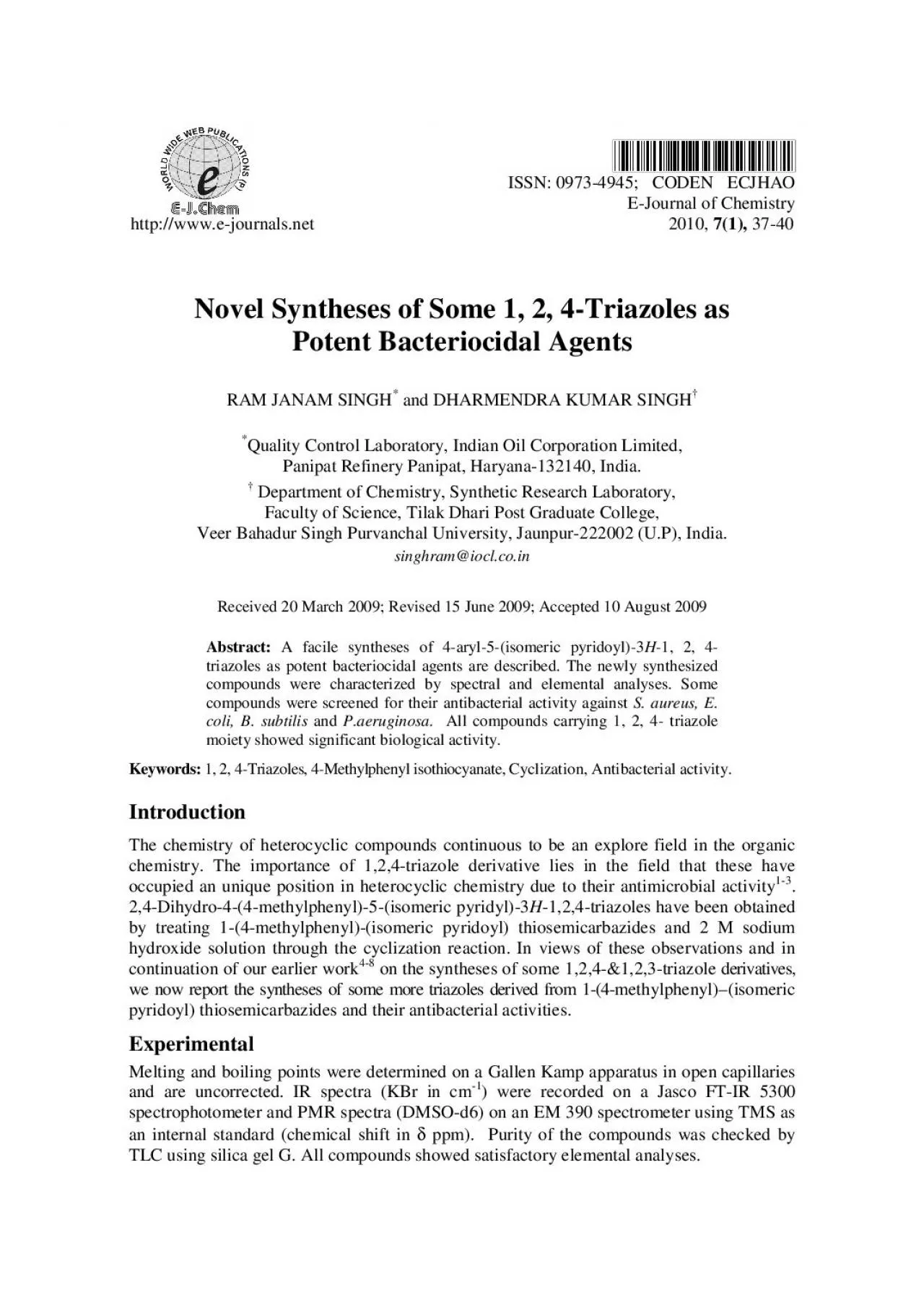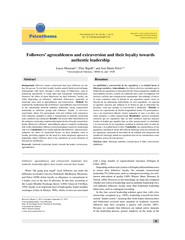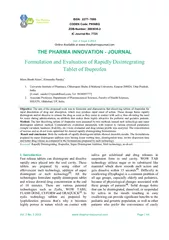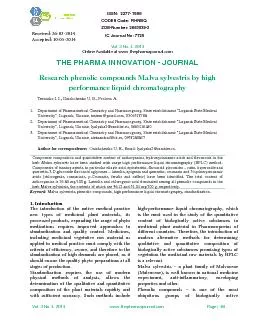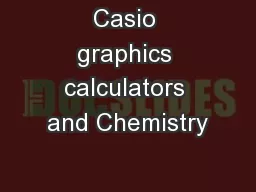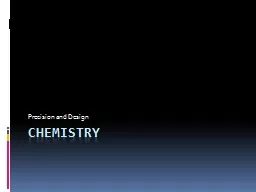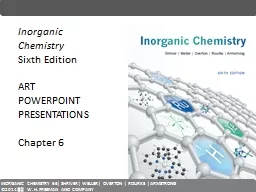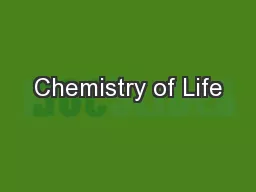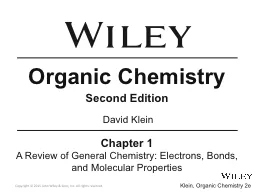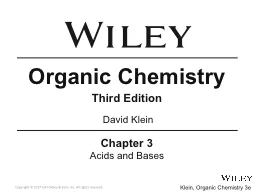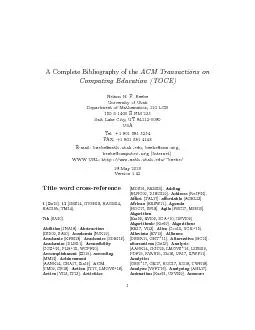PDF-ISSN 09734945 CODEN ECJHAOEJournal of Chemistry httpwwwej
Author : delilah | Published Date : 2022-08-16
38 RAM JANAM SINGH et al 4Methylphenyl isothiocyanate A mixture of 4methylphenyl amine 001 mol carbon disulfide 001 mol and methanol 50 mL was cooled to 15 C Ammonia
Presentation Embed Code
Download Presentation
Download Presentation The PPT/PDF document "ISSN 09734945 CODEN ECJHAOEJournal o..." is the property of its rightful owner. Permission is granted to download and print the materials on this website for personal, non-commercial use only, and to display it on your personal computer provided you do not modify the materials and that you retain all copyright notices contained in the materials. By downloading content from our website, you accept the terms of this agreement.
ISSN 09734945 CODEN ECJHAOEJournal of Chemistry httpwwwej: Transcript
Download Rules Of Document
"ISSN 09734945 CODEN ECJHAOEJournal of Chemistry httpwwwej"The content belongs to its owner. You may download and print it for personal use, without modification, and keep all copyright notices. By downloading, you agree to these terms.
Related Documents

